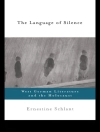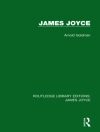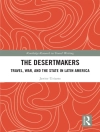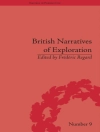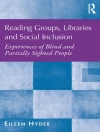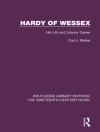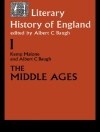This book provides compelling new readings of William Blake’s poetry and art, including the first sustained account of his visionary paintings of Pitt and Nelson. It focuses on the recurrent motif of apotheosis, both as a figure of political authority to be demystified but also as an image of utopian possibility. It reevaluates Blake’s relationship to Enlightenment thought, myth, religion, and politics, from The French Revolution to Jerusalem and The Laocoön. The book combines careful attention to cultural and historical contexts with close readings of the texts and designs, providing an innovative account of Blake’s creative transformations of Enlightenment, classical, and Christian thought.
Table of Content
Introduction: ‘A saint amongst the infidels & a heretic with the orthodox’.- 1. ‘The deep indelible stain’: Apotheosis in the Eighteenth Century.- 2. ‘Spirits of fire’: Ambiguous Figures in The French Revolution.- 3. ‘Breathing! Awakening!’: Contesting and Transforming Apotheosis in
America a Prophecy.- 4. ‘The night of holy shadows’:
Europe and Loyalist Reaction.- 5. ‘Serpentine dissimulation’: Apotheosis in
Urizen,
Ahania and
The Song of Los.- 6. ‘The Name of the Wicked Shall Rot’: Blake’s Oriental Apotheoses of Nelson and Pitt.- 7. Transforming Apotheosis in
The Four Zoas and
Milton.- 8. ‘Ever expanding in the bosom of God’: Deification and Apotheosis in
Jerusalem.- Conclusion.- Notes.-
Bibliography.- Index.-
About the author
David Fallon is Senior Lecturer in English at the University of Sunderland, UK. From 2009-12 he was a British Academy Postdoctoral Fellow at the University of Oxford. He has published on Blake and on eighteenth-century and Romantic-period booksellers, and co-edited
Romanticism and Revolution: A Reader (2011) with Jon Mee.


